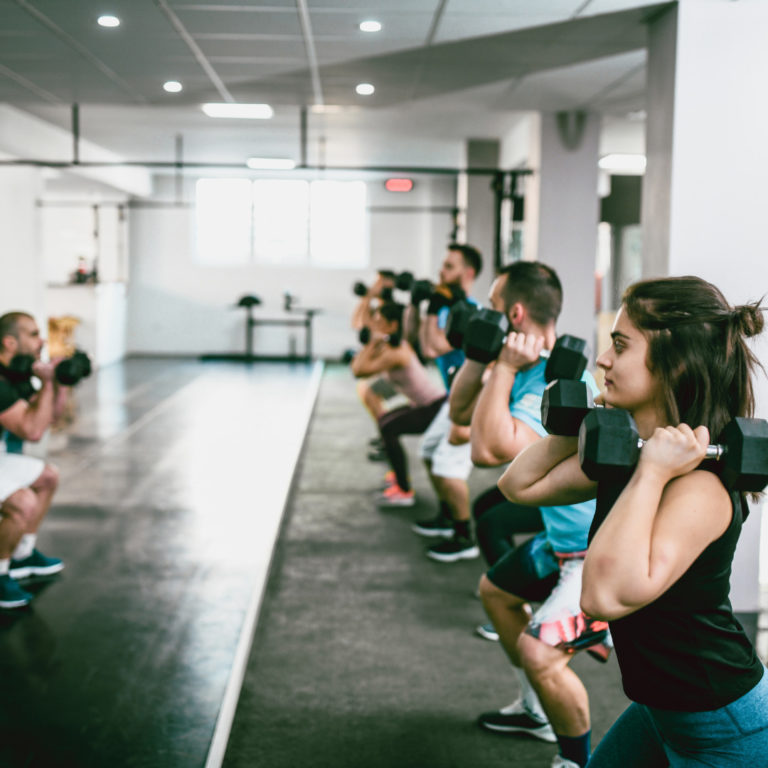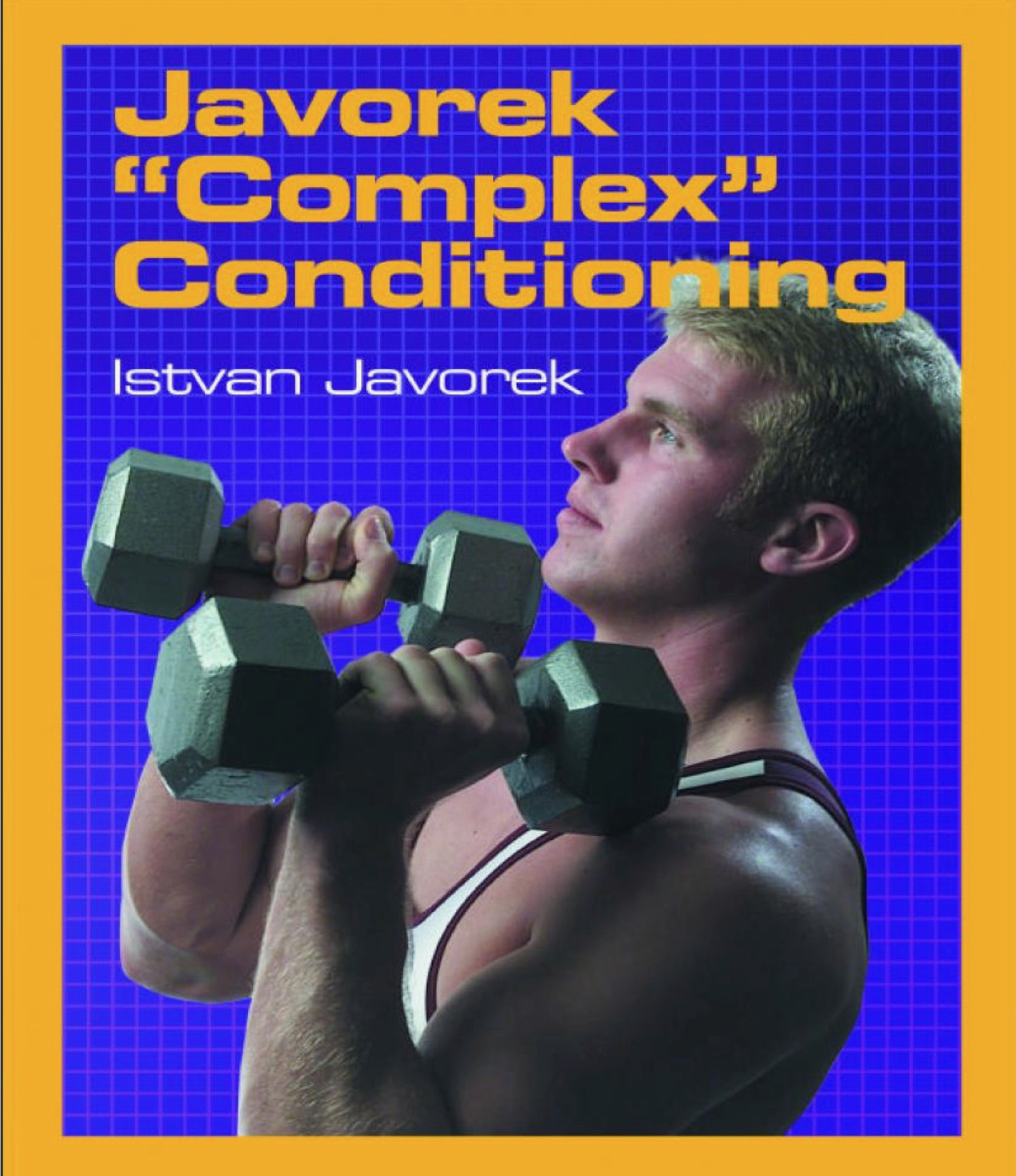A Simple Guide to Complex Training

Practical tips on using this effective fat-burning and fitness method
By Strength Sensei CP
Complex training involves combining several exercises in a single set is an excellent training method to help you lose bodyfat. One of the foremost experts on this subject is Istvan Javorek. I’ve always said that “Success leaves clues,” and Javorek has left a lot of clues. Here are a few elite athletes he trained:
Sumya Anani, world champion female boxer
We Barnett, 1997 World Weightlifting Championships silver medalist
Randy Barnes, Olympic gold medalist and world record holder, shot put
Arturo Barrios,10,000m world record holder
Dragomir Cioroslan, 1984 Olympic bronze medal weightlifting
Floyd Heard, 1986 world’s fastest 200m sprinter
Ian James, Canadian long jump record holder
Ed Kaminski, 1993 World Championships, silver, hammer throw
Francisco Olivare, Mexican triple jump record holder
Katie Panek, 1996 Olympian, hammer thrower
Kit Pellow, Major League Baseball player
Kareem Rush, NBA player
Wayne Simien, Jr., first-round selection, 2005 NBA draft
Juan Gerardo de la Garza Tenorio, 1987 Pan American Games bronze medalist, javelin
Shawn Beyer and Carlos Olivas, All-American soccer players
This Romanian-born coach could be described as the proverbial 98-pound weakling promoted in the early comic books, as that’s what he weighed when he was 16. However, through hard work and a passion for the Iron Game, he “bulked up” to 167 pounds and could clean and jerk 341 pounds and squat 440 pounds. He was also a well-rounded athlete, clocking 6.9 seconds in the 60 meters.
One of Javorek’s favorite training methods was complex training. Such training goes by many names, such as the combinational method and hybrid training, and involves performing two or more separate movements as one set. Whereas a front squat is not a complex exercise, a clean and jerk that includes a front squat would. Performing a lateral raise with dumbbells is not a complex exercise but performing several reps of a lateral raise immediately followed by dumbbell overhead presses would be.
As with my German Body Comp workout, the high volume and short rest intervals are extremely effective for losing bodyfat without compromising muscle mass or strength (as aerobic training can do).
Javorek wrote a detailed, 271-page book about his training methods called Javorek “Complex” Conditioning. In the meantime, here are six guidelines I’ve found useful for implementing complex training:
- Focus on dumbbell exercises. Javorek believes that dumbbells are the ideal training tool to perform complex training. In his book, Javorek lists these 10 reasons why:
- Safer than barbell work
- Does not require a large practice area
- Easy to teach
- Can be performed, as he says, “simultaneously and very efficiently” with large groups of athletes
- Dynamic and provides large ranges of motion, providing great variation in exercises
- Stimulates balance
- Develops muscular power, cardiovascular and muscular endurance, flexibility, and strength
- Inexpensive
- Easy to monitor loading parameters
- Easy to monitor heart rate before and after each set
- Select exercises according to the weight used. Select the weight for an exercise based on the maximum load that can be used for the hardest exercise. For example, if you are combining dumbbell overhead presses with reverse dumbbell curls, the weight you select would be the maximum you could use for the curls for the number of reps prescribed.


- Consider training age and chronological age. A general guideline is to perform complex training three times a week, but the frequency of training depends on your ability to recover from such training. A 40-year-old fit male might struggle with the workouts a fit 18-year-old male can perform easily.
- Focus on technique A larger volume of training is prescribed with complex training methods, so it’s essential to focus on performing each exercise properly to avoid injury. Maintaining optimal technique can be challenging as so many reps are performed without rest, so it may be necessary to use especially light weights when you begin a new workout.
- Progression is key. After mastering the technique of a complex exercise, increase the load to continue building strength and muscular endurance.
- Give twice-a-day workouts a shot. To keep the intensity level at a high level, consider dividing the workouts into two training sessions in a single day. Such training is more practical in a home gym with dumbbells.
Complex training is not designed to develop maximum strength or muscle mass, especially for advanced athletes. Instead, it’s a great way to improve overall physical and athletic fitness and help you lose bodyfat. Pick up a copy of Istvan Javorek’s book and see what complex training can do for you! (SS)
